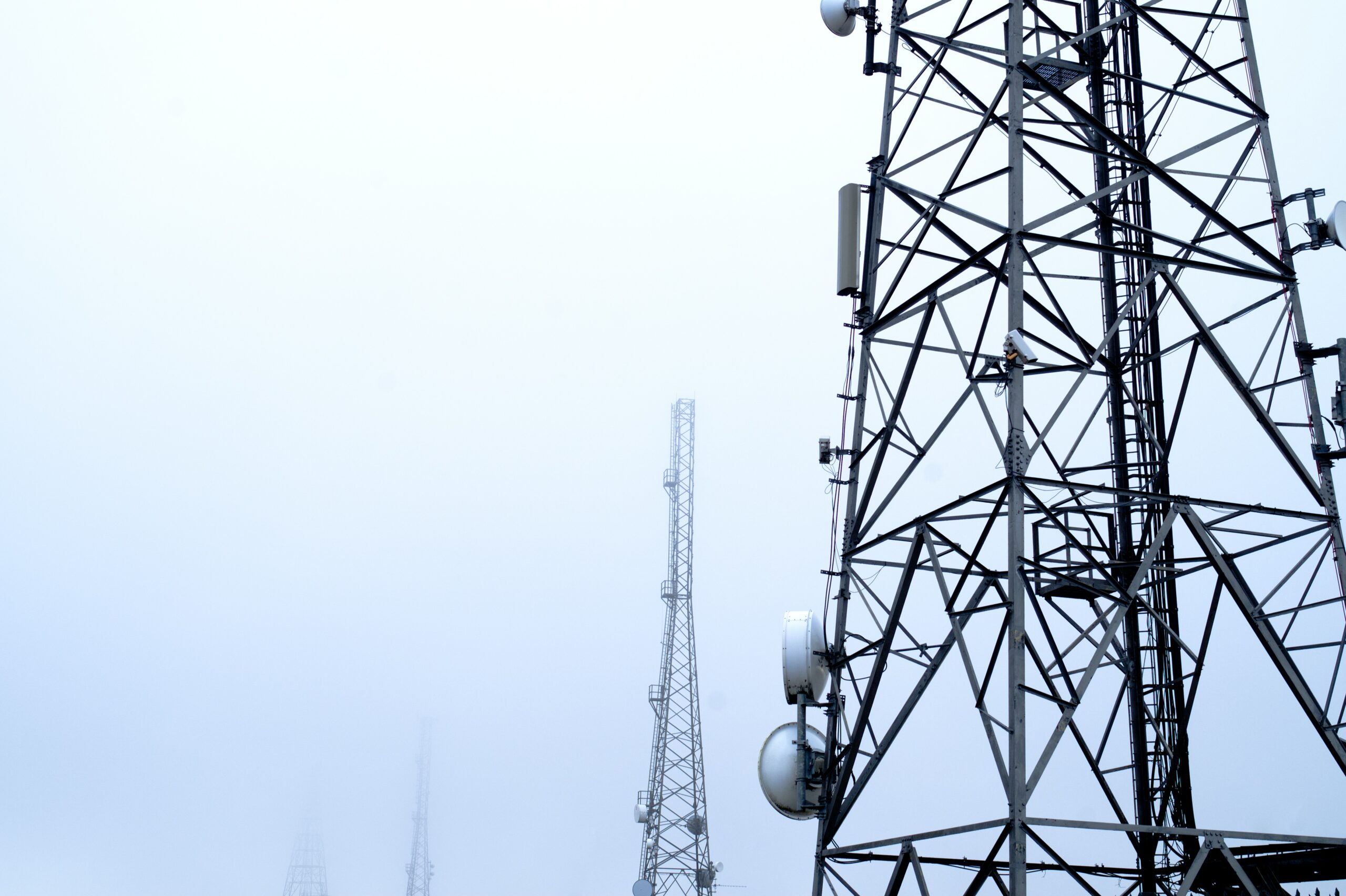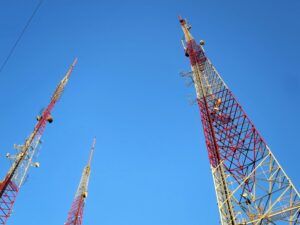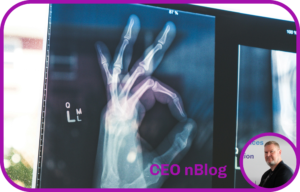Telco providers operate in an intricate and multifaceted environment. There’s a vast network of interconnected systems, technologies, and assets that collectively form the backbone of global connectivity.
This landscape is complex due to several factors:
- Critical Assets: Telecom providers manage and maintain essential assets that are vital for the functioning of communication networks. These assets include data centers, network infrastructure, communication nodes, and various hardware components. These elements collectively serve as the lifeblood of connectivity, enabling the seamless flow of information across the globe.
- Constant Data Flows: The telecommunications industry deals with an incessant and massive volume of data. Information travels through networks at remarkable speeds, facilitating voice calls, data transfer, video streaming, and various other communication services. Managing this constant influx of data is a significant challenge, requiring sophisticated systems and technologies.
- Rapid Technological Advancements: Technology in the telecom sector evolves rapidly to meet the increasing demands of users and to incorporate emerging innovations. The introduction of 5G technology, the expansion of IoT (Internet of Things), and the ongoing quest for faster and more reliable connectivity are just a few examples of the rapid advancements in this industry.
The complexity can be solved with digital twins. The technology for this is ready available. BaseN is one of the providers.
When critical assets in the telecommunications industry have digital twins, it brings about a paradigm shift in the way these assets are managed, monitored, and optimized. Here’s what happens:
Real-time Monitoring and Visualization
- Before Digital Twins: Asset management involves physical inspections and periodic checks.
- With Digital Twins: Each critical asset, from data centers to hardware components, has a virtual counterpart. Real-time monitoring allows operators to visualize the status, performance, and health of these assets instantly through the digital twin interface.
Predictive Maintenance
- Before Digital Twins: Maintenance schedules are often reactive, leading to unplanned downtime and potential issues.
- With Digital Twins: Predictive maintenance becomes a reality. Machine learning algorithms analyze data from the digital twins to predict when maintenance is required. This proactive approach minimizes downtime and extends the lifespan of critical assets.
Dynamic Representation and Simulation
- Before Digital Twins: Understanding the intricate connections and interactions between various assets can be challenging.
- With Digital Twins: Digital twins offer a dynamic representation of assets in a virtual space. Operators can simulate different scenarios, test changes, and model the impact of upgrades or new technologies. This aids in making informed decisions about the optimization and evolution of critical assets.
Efficient Resource Allocation
- Before Digital Twins: Resource allocation decisions may be based on historical data or periodic assessments.
- With Digital Twins: Real-time data analytics and insights from digital twins enable dynamic resource allocation. Operators can efficiently manage resources, optimize traffic flow, and ensure that critical assets are utilized to their full potential.
Enhanced Security and Risk Mitigation
- Before Digital Twins: Identifying vulnerabilities and security risks may rely on periodic audits.
- With Digital Twins: Security features can be integrated into the digital twin environment, allowing continuous monitoring for potential threats. The dynamic nature of digital twins helps in identifying and mitigating risks promptly.
Holistic Network Visibility
- Before Digital Twins: Operators may have fragmented views of the network, making it challenging to understand the overall ecosystem.
- With Digital Twins: Digital twins provide a holistic view of the entire network infrastructure. This comprehensive visibility ensures that operators can grasp the interconnectedness of critical assets, identify dependencies, and make strategic decisions for network optimization.
Data-Driven Decision-Making
- Before Digital Twins: Decision-making may be based on incomplete or outdated information.
- With Digital Twins: Operators have access to real-time, accurate, and detailed data about the state of critical assets. This data-driven approach enhances decision-making, allowing for more informed and strategic choices in managing and evolving the network.
In summary, the adoption of digital twins for critical assets in the telecommunications industry leads to increased efficiency, proactive maintenance, better decision-making, and a more secure and optimized network infrastructure. Digital twins serve as a powerful tool for navigating the complexities of modern telecommunication operations.





4 replies on “Telco 2.0: From Deluges of Data to a New Simplicity with Digital Twins – Now”
💰△ggongta.com△꽁타💰꽁타가 매일 꽁머니를 쏩니다. 꽁타가 보증한 인증업체에서 구글에서 검색 꽁타
“Great blog! Your articles Very insightful. Keep up the fantastic work!”. I can also refer you to one of the Best Telecom & Technology Analytics Services.
Telecom & Technology Services
helloI like your writing very so much proportion we keep up a correspondence extra approximately your post on AOL I need an expert in this space to unravel my problem May be that is you Taking a look forward to see you
I love how the article connects the topic to broader themes in society.